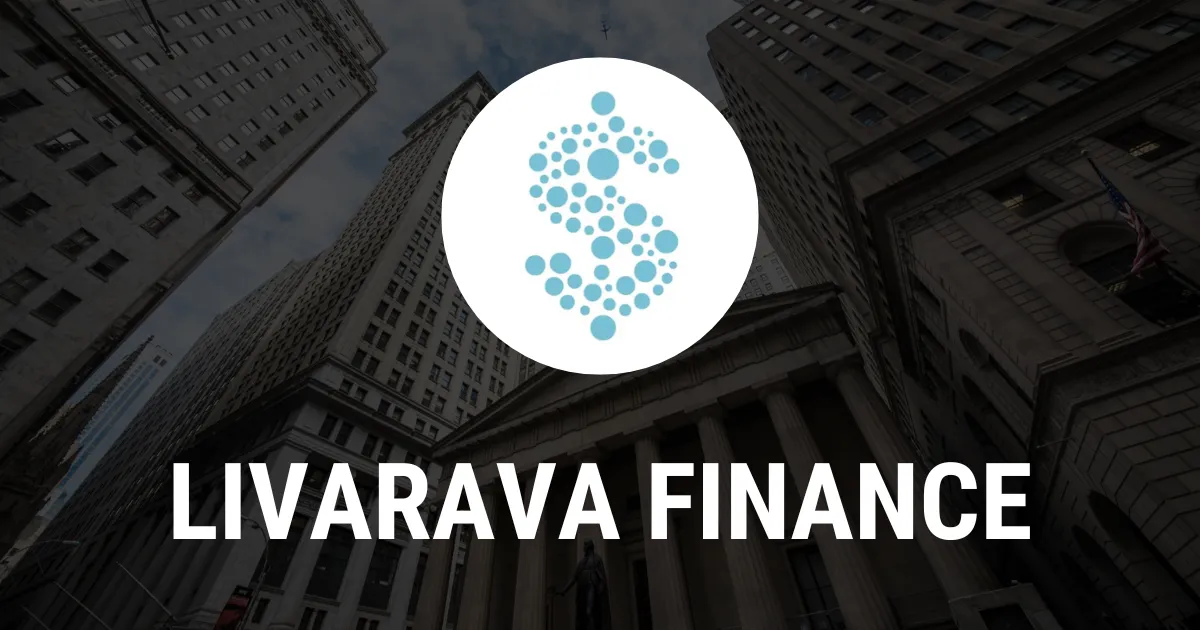Analysis of the Fed's Dovish Shift and its Impact on BOJ Rate Hike Plans

As the Federal Reserve adopts a dovish stance, it presents both opportunities and challenges for the Bank of Japan (BOJ) in its pursuit of a rate hike. Following Governor Ueda's remarks, the yen experienced a notable increase against the dollar, buoyed further by Fed Chair Powell’s comments. This shift could lead to a narrower U.S.-Japan interest rate differential, influencing capital flows and currency stability in the Asian market. Understanding these dynamics is crucial as investors assess future monetary policies and global market conditions.
Implications of Fed's Dovish Policy
The Fed's recent policy undertakings have profound implications on foreign exchange and interest rate trends. The dovish shift, while aiming to stabilize economic growth, raises pertinent questions about the timing of BOJ's potential rate hikes.
Yen's Performance Against the Dollar
In light of recent developments, the yen's performance against the dollar has been noteworthy. Investors should closely monitor any further indications from both central banks as they navigate their respective monetary policies.
This article was prepared using information from open sources in accordance with the principles of Ethical Policy. The editorial team is not responsible for absolute accuracy, as it relies on data from the sources referenced.